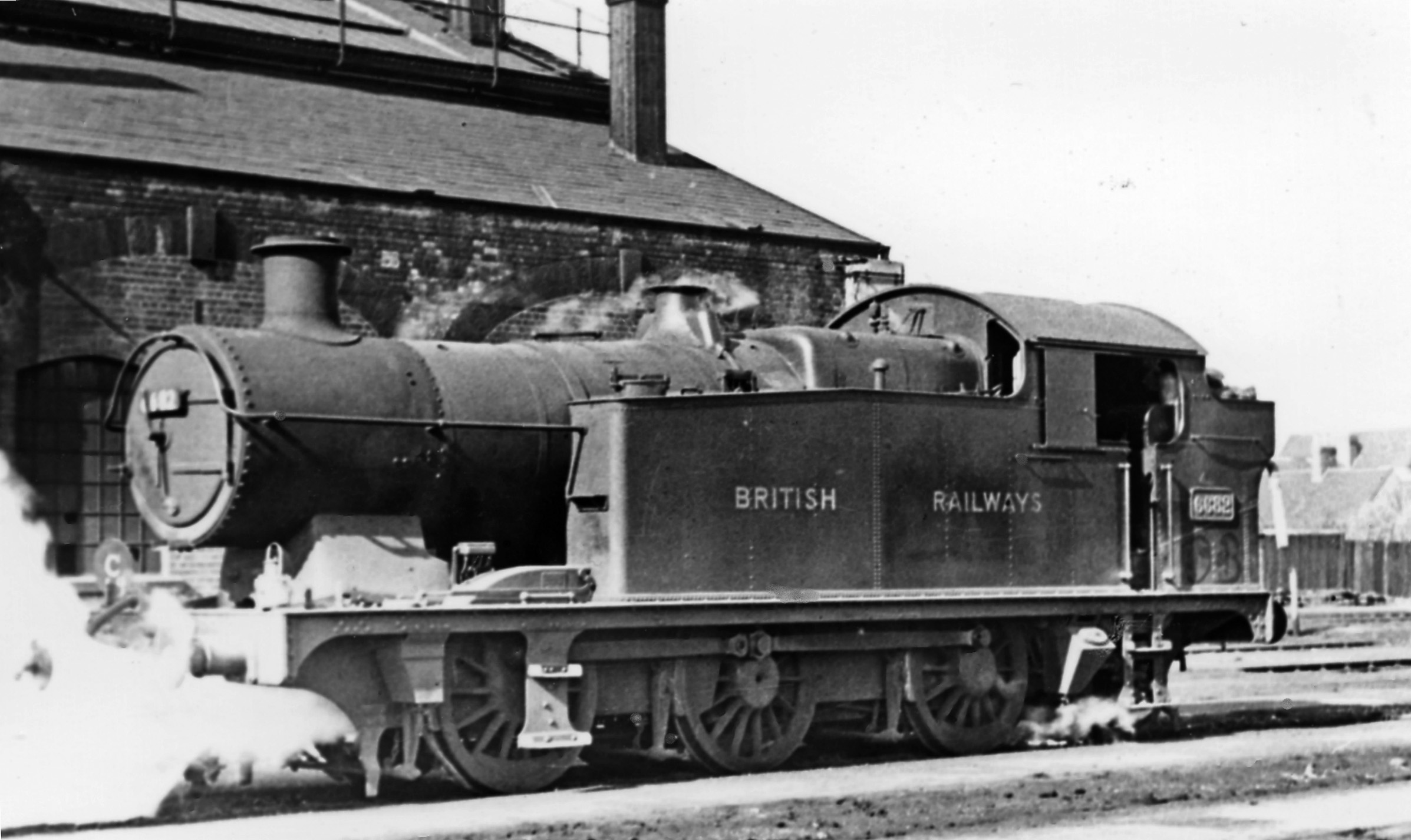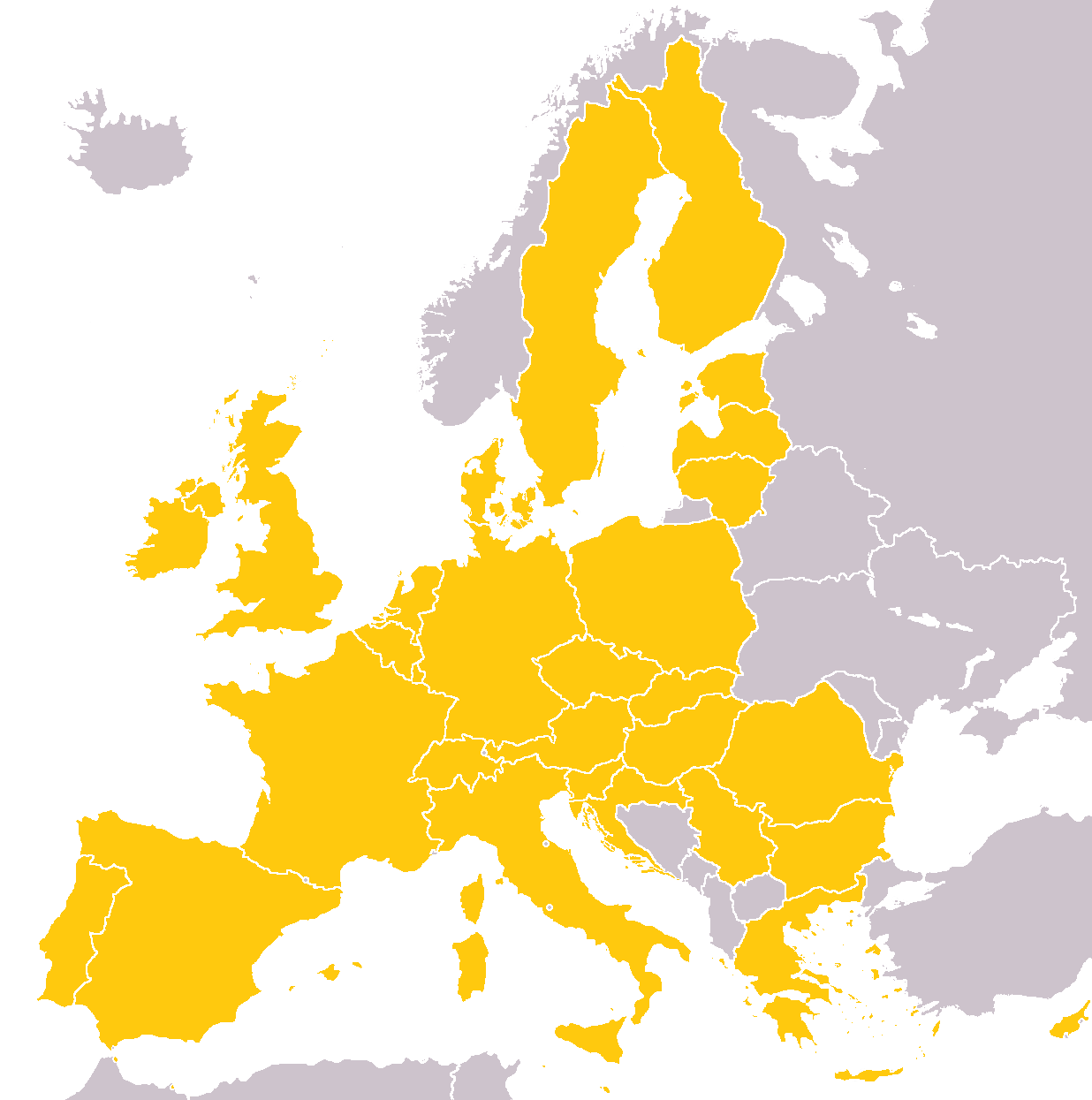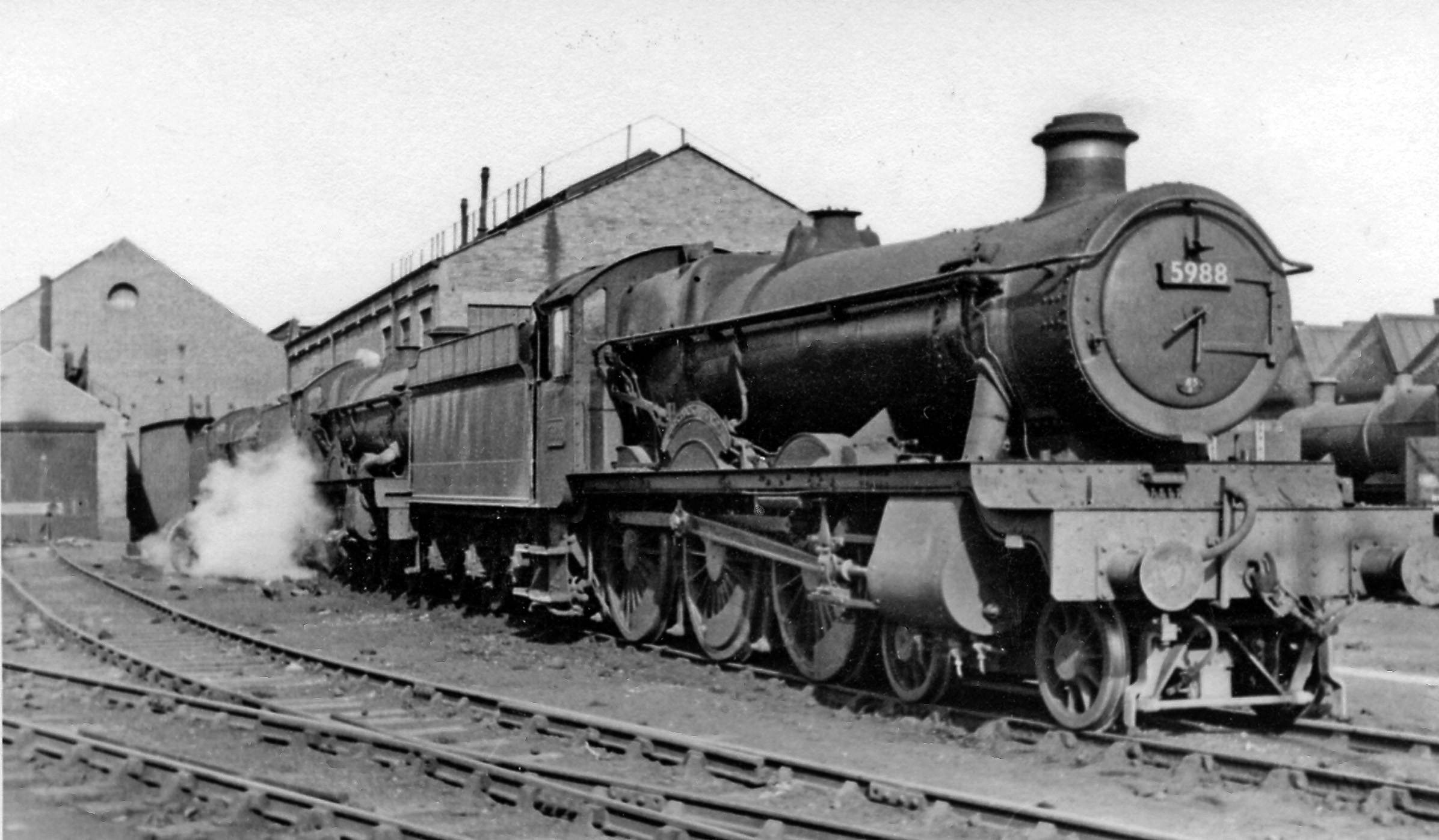|
Cathays Railway Works
Cathays railways works was a railway engineering development by the Taff Vale Railway to provide its main carriage and wagon works, as well as its main railway depot for the entire TVR system, located in the Cathays suburb of Cardiff, South Wales. Taken over by the Great Western Railway, after nationalisation under British Railways they sold off the carriage and wagon works to the Pullman Company Ltd. Today, both the site of the railway depot and the carriage and wagon works have been redeveloped, mainly with buildings and commercial activities associated with the University of Cardiff. History The original locomotive works and drawing offices of the TVR were located in the West Yard of Cardiff Docks, co-located there so that use could be made of the local boiler makers skills. However, the TVR towards the end of the 19th century found it commercially advantageous to outsource the heavy industrialised work of building locomotives. Hence the West Yard facility became a heavy ove ... [...More Info...] [...Related Items...] OR: [Wikipedia] [Google] [Baidu] |
Taff Vale Railway
The Taff Vale Railway (TVR) was a standard gauge railway in South Wales, built by the Taff Vale Railway Company to serve the iron and coal industries around Merthyr Tydfil and to connect them with docks in Cardiff. It was opened in stages in 1840 and 1841. In the railway's first years, the coal mining industries expanded considerably and branches were soon opened in the Rhondda valleys and the Cynon Valley. The conveyance of coal for export and for transport away from South Wales began to dominate and the docks in Cardiff and the approach railway became extremely congested. Alternatives were sought and competing railway companies were encouraged to enter the trade. In the following decades further branch lines were built and the TVR used " motor cars" (steam railway passenger coaches) from 1903 to encourage local passenger travel. From 1922 the TVR was a constituent of the new Great Western Railway (GWR) at the grouping of the railways, imposing its own character on ... [...More Info...] [...Related Items...] OR: [Wikipedia] [Google] [Baidu] |
Cathays Railway Station
Cathays railway station is a station on the Merthyr and Rhondda lines in the Cathays district of Cardiff, Wales. It is north of . The station is next to Cardiff University Students' Union and across the road from many Cardiff University buildings, as well as a short walk from the Welsh Government and other civic buildings in Cathays Park. The footbridge over the railway is much used as a shortcut between Park Place and Senghenydd Road. When Cathays opened in 1983 it reversed a trend to close stations. Funded by British Rail and South Glamorgan County Council, construction commenced in April 1983, with the station opened on 3 October 1983. Cathays station is now staffed during peak hours, since the introduction of a new automated ticket barrier system in summer 2007. Cathays has two platforms, each with a small shelter and an information screen displaying the next train's arrival. Services In the daytime from Monday to Saturday, there are usually six trains an hour from Cardif ... [...More Info...] [...Related Items...] OR: [Wikipedia] [Google] [Baidu] |
Buildings And Structures In Cardiff
A building, or edifice, is an enclosed structure with a roof and walls standing more or less permanently in one place, such as a house or factory (although there's also portable buildings). Buildings come in a variety of sizes, shapes, and functions, and have been adapted throughout history for a wide number of factors, from building materials available, to weather conditions, land prices, ground conditions, specific uses, prestige, and aesthetic reasons. To better understand the term ''building'' compare the list of nonbuilding structures. Buildings serve several societal needs – primarily as shelter from weather, security, living space, privacy, to store belongings, and to comfortably live and work. A building as a shelter represents a physical division of the human habitat (a place of comfort and safety) and the ''outside'' (a place that at times may be harsh and harmful). Ever since the first cave paintings, buildings have also become objects or canvasses of much artistic ... [...More Info...] [...Related Items...] OR: [Wikipedia] [Google] [Baidu] |
Lidl
Lidl Stiftung & Co. KG (; ) is a German international discount retailer chain that operates over 11,000 stores across Europe and the United States. Headquartered in Neckarsulm, Baden-Württemberg, the company belongs to the Schwarz Group, which also operates the hypermarket chain Kaufland. Lidl is the chief competitor of the similar German discount chain Aldi in several markets. There are Lidl stores in every member state of the European Union as well as in Serbia, Switzerland, the United Kingdom and the United States. In October 2021, Lidl also announced that it intended to open its first store in Ukraine, but there has been no progress due to the 2022 Russian invasion of Ukraine. History In 1932, Josef Schwarz became a partner in Südfrüchte Großhandlung Lidl & Co., a fruit wholesaler, and he developed the company into a general food wholesaler. In 1977, under his son Dieter Schwarz, the Schwarz-Gruppe began to focus on discount markets, larger supermarkets, and cash a ... [...More Info...] [...Related Items...] OR: [Wikipedia] [Google] [Baidu] |
Railway Leaving Cathays - Geograph
Rail transport (also known as train transport) is a means of transport that transfers passengers and goods on wheeled vehicles running on rails, which are incorporated in tracks. In contrast to road transport, where the vehicles run on a prepared flat surface, rail vehicles ( rolling stock) are directionally guided by the tracks on which they run. Tracks usually consist of steel rails, installed on sleepers (ties) set in ballast, on which the rolling stock, usually fitted with metal wheels, moves. Other variations are also possible, such as "slab track", in which the rails are fastened to a concrete foundation resting on a prepared subsurface. Rolling stock in a rail transport system generally encounters lower frictional resistance than rubber-tyred road vehicles, so passenger and freight cars (carriages and wagons) can be coupled into longer trains. The operation is carried out by a railway company, providing transport between train stations or freight customer ... [...More Info...] [...Related Items...] OR: [Wikipedia] [Google] [Baidu] |
Cardiff Canton TMD
Cardiff Canton TMD ( cy, Depo Cynnal a Chadw Treganna Caerdydd) is a diesel locomotive traction maintenance depot in Cardiff, Wales. Its depot code is CF. It is operated by Transport for Wales. The depot is used by Transport for Wales fleet and some Cross Country Class 170s. In steam days the depot was called Cardiff Canton and its shed code was 86C. It was built in 1882 as the main maintenance base for the South Wales Railway and the major Welsh engineering base for the Great Western Railway (GWR). After nationalisation in 1948 it was a heavy overhaul base for British Railways. After privatisation in the mid-1990s the depot became a joint Arriva Trains Wales and English Welsh & Scottish facility. The EWS depot closed as a maintenance centre from 10 December 2005, but EWS' successor DB Cargo UK still uses the depot for long-term storage and occasional stabling. History Steam Cardiff Canton was opened in June 1882 as a six road, -long shed, built to replace Long Dyke, ea ... [...More Info...] [...Related Items...] OR: [Wikipedia] [Google] [Baidu] |
Diesel Multiple Unit
A diesel multiple unit or DMU is a multiple-unit train powered by on-board diesel engines. A DMU requires no separate locomotive, as the engines are incorporated into one or more of the carriages. Diesel-powered single-unit railcars are also generally classed as DMUs. Diesel-powered units may be further classified by their transmission type: diesel–mechanical DMMU, diesel–hydraulic DHMU, or diesel–electric DEMU. Design The diesel engine may be located above the frame in an engine bay or under the floor. Driving controls can be at both ends, on one end, or in a separate car. Types by transmission DMUs are usually classified by the method of transmitting motive power to their wheels. Diesel–mechanical In a diesel–mechanical multiple unit (DMMU), the rotating energy of the engine is transmitted via a gearbox and driveshaft directly to the wheels of the train, like a car. The transmissions can be shifted manually by the driver, as in the great majority of first-gen ... [...More Info...] [...Related Items...] OR: [Wikipedia] [Google] [Baidu] |
Railway Turntable
In rail terminology, a railway turntable or wheelhouse is a device for turning railway rolling stock, usually locomotives, so that they can be moved back in the direction from which they came. Naturally, it is especially used in areas where economic considerations or a lack of sufficient space have served to weigh against the construction of a turnaround wye. In the case of steam locomotives, railways needed a way to turn the locomotives around for return trips as their controls were often not configured for extended periods of running in reverse and in many locomotives the top speed was lower in reverse motion. In the case of diesel locomotives, though most can be operated in either direction, they are treated as having "front ends" and "rear ends" (often determined by reference to the location of the crew cab). When operated as a single unit, the railway company often prefers, or requires, that a diesel locomotive is run "front end" first. When operated as part of a multiple ... [...More Info...] [...Related Items...] OR: [Wikipedia] [Google] [Baidu] |
Cardiff Cathays Locomotive Depot Geograph-2561290-by-Ben-Brooksbank
Cardiff (; cy, Caerdydd ) is the capital city, capital and List of urban areas in the United Kingdom, largest city of Wales. It forms a Principal areas of Wales, principal area, officially known as the City and County of Cardiff ( cy, Dinas a Sir Caerdydd, links=no), and the city is the List of cities in the United Kingdom, eleventh-largest in the United Kingdom. Located in the South East Wales, south-east of Wales and in the Cardiff Capital Region, Cardiff is the county town of the Historic counties of Wales, historic county of Glamorgan and in 1974–1996 of South Glamorgan. It belongs to the Eurocities network of the largest European cities. A small town until the early 19th century, its prominence as a port for coal when mining began in the region helped its expansion. In 1905, it was ranked as a city and in 1955 proclaimed capital of Wales. Cardiff Urban Area, Cardiff Built-up Area covers a larger area outside the county boundary, including the towns of Dinas Powys and Pena ... [...More Info...] [...Related Items...] OR: [Wikipedia] [Google] [Baidu] |
World War II
World War II or the Second World War, often abbreviated as WWII or WW2, was a world war that lasted from 1939 to 1945. It involved the vast majority of the world's countries—including all of the great powers—forming two opposing military alliances: the Allies and the Axis powers. World War II was a total war that directly involved more than 100 million personnel from more than 30 countries. The major participants in the war threw their entire economic, industrial, and scientific capabilities behind the war effort, blurring the distinction between civilian and military resources. Aircraft played a major role in the conflict, enabling the strategic bombing of population centres and deploying the only two nuclear weapons ever used in war. World War II was by far the deadliest conflict in human history; it resulted in 70 to 85 million fatalities, mostly among civilians. Tens of millions died due to genocides (including the Holocaust), starvation, ma ... [...More Info...] [...Related Items...] OR: [Wikipedia] [Google] [Baidu] |
Llandaf Railway Station
Llandaf railway station is in Llandaff North, Cardiff, Wales. It serves the areas of Llandaff North and Whitchurch. History The Taff Vale Railway opened the station in 1840, only ten years after the first stations for locomotive-drawn trains had been opened on the Liverpool and Manchester Railway. Originally named ''Llandaff'', the station had been renamed ''Llandaff for Whitchurch'' by 1910, and on 12 May 1980 it was again renamed ''Llandaf''. In 2015 work started on replacing the old footbridge with one that offers step-free access to all platforms. This was funded by Network Rail and the Department of Transport Access for all Scheme. A new ticket office opened in November 2017 to replace the old station building (on platform 2) which is open six days a week. Further improvements planned in connection with the proposed South Wales Metro network included new waiting shelters, improved bike storage, refurbishment of the existing car park, extra lighting and CCTV. Services T ... [...More Info...] [...Related Items...] OR: [Wikipedia] [Google] [Baidu] |
Rhymney Railway
The Rhymney Railway was a railway company in South Wales, founded to transport minerals and materials to and from collieries and ironworks in the Rhymney Valley of South Wales, and to docks in Cardiff. It opened a main line in 1858, and a limited passenger service was operated in addition. The first line was dependent on the cooperation of the parallel Taff Vale Railway (TVR) for part of the transit, and this relationship was uneasy; the Rhymney Railway built an independent line to Cardiff in 1871. Better relations were created with the London and North Western Railway (LNWR), and later the Great Western Railway (GWR), and two important joint lines with the GWR were built: the Taff Bargoed line (1876) and the Quakers Yard and Merthyr Joint line (1882). Although the Rhymney Railway network was never large, it was remarkably profitable, and paid excellent dividends for most of its life. Dependent on mineral traffic for its own success, it declined in the 1970s, but the main line ... [...More Info...] [...Related Items...] OR: [Wikipedia] [Google] [Baidu] |








